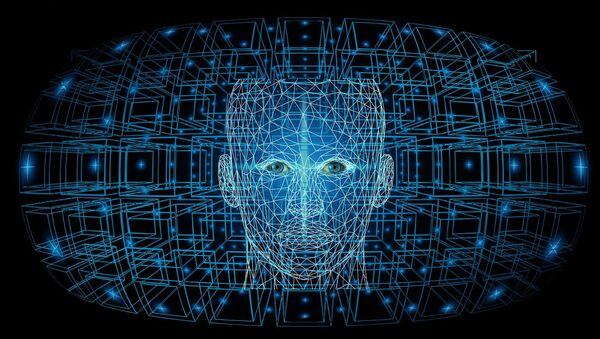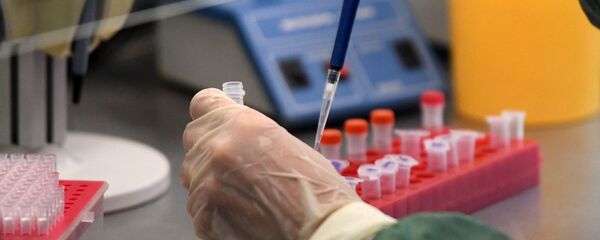According to UTMN scientists, existing neuro processors are intended for the hardware acceleration of operations in artificial neural networks on simple neurons and provide for the operation of computer vision, machine learning and other systems with weak artificial intelligence (AI).
Information processing and decision making in such processors is done by selecting the most plausible solution, based on previously established associations.
The creators of the neuro processor developed in the University of Tyumen affirm that is capable of generating new associations (new knowledge) using a biologically similar mechanism, which suggests a possible transition from weak to strong artificial intelligence. By strong AI, we understand the capability to comprehend new knowledge.
According to the University of Tyumen, the biomorphic neuro processor implements a hardware-spiking neural network, based on a biomorphic neuron model which uses sophisticated, original electrical software.
The authors claim that their processor is designed to simulate the work of the cortical column of the brain, in addition to solving the traditional tasks of information processing.
“Unlike the existing neuro processors with simple neurons, the biomorphic neuro processor presented by us is capable of making decisions not only from predetermined associations but also from new associations formed in the process of signal processing under dynamically changing conditions,” Professor of the Department of Applied and Technical Physics of TSU Sergey Udovichenko explained.
According to the professor, the neuro processor is fundamentally the basis of a unique system of a new generation carrying artificial intelligence.
Using the special-purpose hardware that's been developed, it is possible to solve various technical problems such as increasing the speed and energy efficiency of computations, in comparison with today's existing computing tools (personal computers, servers and supercomputers).
The effect is achieved by the application of mixed analogue-digital computations, including those that use bipolar memristors integrated into composite memristor-diode crossbars.
At present, the research team is continuing hardware testing of the new system. According to scientists' estimates, the launch of a unique neuro processor for small-scale production will be possible by 2025. The research is supported by the Russian Foundation for Basic Research (RFBR) grants № 19-07-00272 and № 19-37-90030.
The results of the study were published in the Microelectronics Journal.


